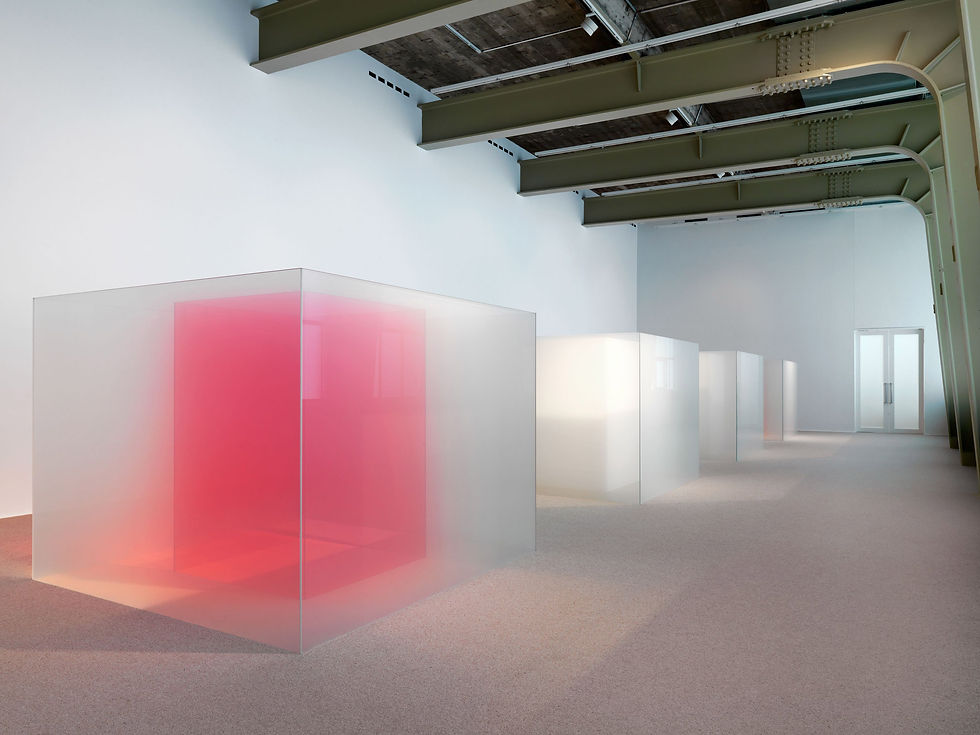1:1 Period rooms
- chiararizzolo
- May 14, 2020
- 2 min read
A period room is an architectural display combining pieces of furniture and decorative objects organized to evoke or sometimes, recreate, a domestic interior usually dating from a past era.
Period rooms were widespread among European museums during the last decades of the 19th century but the middle of the last century made way for the neutral white walls (the 'white cube' ambient), more functional to modern and contemporary art: the period rooms were so relegated to storage.
Het Nieuwe Instituut, in Rotterdam, chose to focus on the period room as a "museum object". For 1:1 Period Rooms (2015) Greek architect and artist Andreas Angelidakis created an installation featuring period rooms from the Amsterdam Museum collection that had not been on public display since the 1970s.


Contemporary Period Rooms for photography sets, hotel interiors and art


The “Zero Suite Project” is a room situated in the hotel’s lobby, just a few metres from the main door, and whose walls are completely made of glass. It is a fully furnished room, with a bed, table, chairs and bathroom with shower (this part of the room is private).
To realize the installation, Prina chose two houses built in Los Angeles during the early 1940s by R. M. Schindler and since demolished. Using surviving plans and photographs, he had copies made of the unit furniture, which Schindler designed to be arranged to follow the lines of the room. The resulting installation at LACMA consists of 28 objects that Prina painted pink using Pantone Honeysuckle 2011 Color of the Year.

Towards dematerialization with Haegue Yang
"Yang’s use of blinds and fans alludes to the concept of home, while simultaneously partitioning the space and dividing viewers from their surroundings and each other. The domestic materials are unfettered from their mundane roles, engaged as elements of an artwork meant to provoke subjective associations by bringing the private into the public realm. [...] Within this environment, olfactory, tactile, and visual experience collapse together, encouraging the viewer’s personal interpretations." via


Until the mid-1960s Larry Bell concentrated on making works using a box format. He began to experiment with works of an environmental character and to create a space which people could walk around and into, and at the same time see through.


"Through a scientific understanding of light’s affects and a singular artistic vision, James Turrell creates wordless meditations on time and space that are as relevant today as they have been throughout human history. Using light as his medium, saturated fields of color take on a physical presence. Extending beyond the physical spaces of a gallery or museum, the artist creates monumental structures that make the skies and heavenly bodies seem tangible to the viewer."











Comentarios